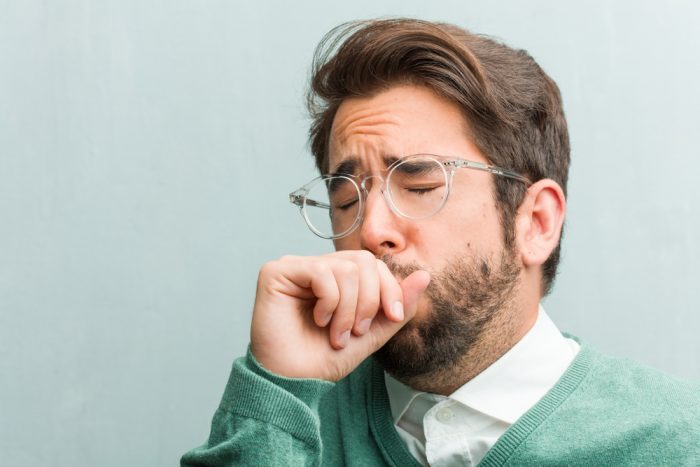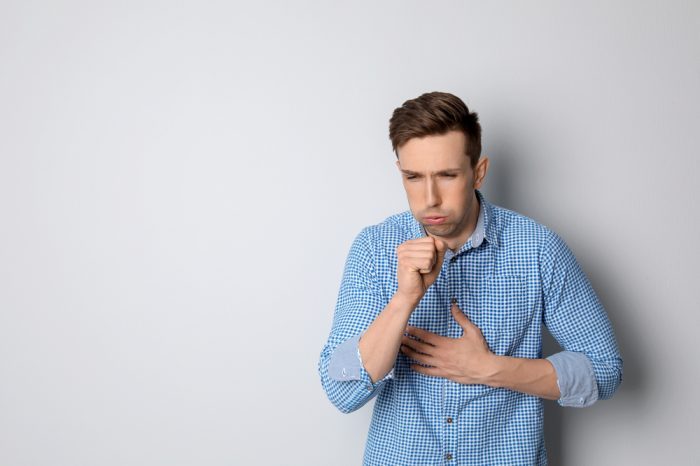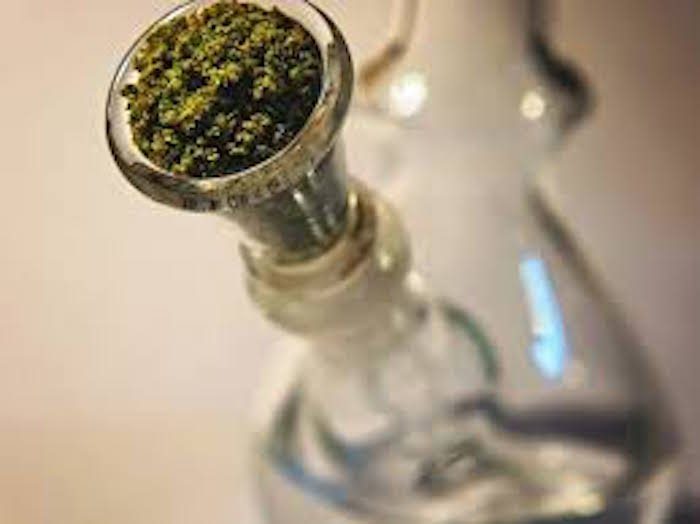There is a challenge circulating on social media involving a dry bong, some lung damage, and a lot of coughing. Cannabis patients should not engage on this one.
People do all sorts to try and prove themselves. Some climb Mount Everest. Others hit a dry bong. Up high on Everest, the extreme conditions mean many succumb to what they call “The Khumbu Cough.” Those afflicted have a cough so hard that they sometimes end up breaking ribs.
While hitting a dry bong for kicks isn’t as dangerous as climbing Everest, the incessant coughing is something they share. Any search on YouTube for “dry bong” will turn up countless videos. The young men who end up swearing and coughing, overwhelmed by a harsh trachea-burning sensation tell you everything you need to know. If you haven’t tried it yet, we say don’t bother! Life is a lot easier without a broken rib. And after all, patients take cannabis to heal not harm!
What is a Dry Bong?
A dry bong is a bong with no water in it. It means that your bong essentially becomes one long pipe. But unlike a pipe, you inhale much larger quantities of smoke with a dry bong. It provides a potent hit that comes at a cost. The high concentrations of hot smoke mean that it’s often too harsh for your throat and lungs to take.

Bong Basics
For many years bongs were the instrument of choice for cannabis connoisseurs. But with countless new methods of administration, many have forgotten about, or perhaps have never known, the bong.
Bongs are comprised of a bowl, a stem, a chamber, and a neck. Cannabis is loaded into the bowl, which connects to the end of the stem. The stem connects to the bottom of the chamber at a point submerged in water, while the neck is where the consumer places their mouth and inhales.
When a patient lights the bong, the smoke is drawn through the stem and up through the water. It then bubbles upward filling the chamber with smoke above the waterline. Once the bowl has been cleared, it is removed to allow clean air to follow the smoke through the chamber as the consumer inhales.
The Purpose of Water in a Bong
The main purpose of water in a bong is to cool and filter the smoke before it hits the consumer’s lungs. When hot smoke contacts the water, the bubbles that form are cooled considerably from the outside in.
To enhance the smoothness associated with a bong toke, many bongs make use of what is called a percolator. Percolators come in several different designs. Essentially, their function is to force the smoke to travel further through the water in order to filter it more. This contributes to further cooling of the smoke and a hit that’s easier on the throat and lungs.

Where some patients use dabbing to preserve the flavor of terpenes, others use bongs for a smooth smoking experience.
The water also helps to remove potentially harmful elements from the smoke. Burning cannabis contains a myriad of compounds; many are beneficial, while others aren’t so welcome. Between cannabinoids and terpenes, whether THC or CBD, limonene or myrcene, there are compounds, such as tar, and particulate matter, like ash, that you’re better off not inhaling. After use, the brown color of the bong water suggests that something has indeed been filtered out.
Why a Water Bong is Safer
While there’s no proven link between cannabis smoke and lung cancer, several studies do suggest that the polycyclic aromatic hydrocarbons found in smoke are probably best avoided. Researchers have found that using water bongs decreases exposure to toxins that cause lung cancer. Furthermore, the water’s filtering mechanism is significant in that process. A further study at the University of Texas found that the water within a bong effectively removes acrolein and acetaldehyde from cannabis smoke. Both of these compounds are toxic to the cells within the lungs.
The Case for a Dry Bong
Cannabinoids are not water-soluble. However, a recent study carried out between the University of Athens and the State University of Utrecht concluded that the water in a bong actually traps soluble and insoluble particles. This includes THC and several other cannabinoids. Although the vast majority of THC is able to pass through the water, some of it remains within. The net effect is that consumers may have to consume slightly more flower for the same effect as other smoking methods.

Via The Growthop; Dry bongs aren’t worth the coughing for most patients
For those who refuse to clean their bong, inhaling smoke through dirty brown bong water will result in a much less pleasurable taste. Likewise, using chlorinated water means the taste of chlorine is mixed in with the smoke.
We Can’t Live Without Water
The ad revenue for YouTubers who hit a dry bong may justify the three days of throat discomfort that many report. But for the rest of us, we probably shouldn’t compromise on using water. The studies clearly show that the water is somewhat effective in filtering out harmful carcinogens and toxins, plus it’s a lot easier on the lungs. Since when did taking medicine have to entail such hardship?
There are so many ways to medicate, none of which have to be unpleasant or detrimental to health. From delicious edibles to tinctures or terpene-infused dabs, there are a myriad of easy ways to medicate. As the song says, “a spoonful of sugar helps the medicine go down.” Who needs Everest or a dry bong for kicks?!





